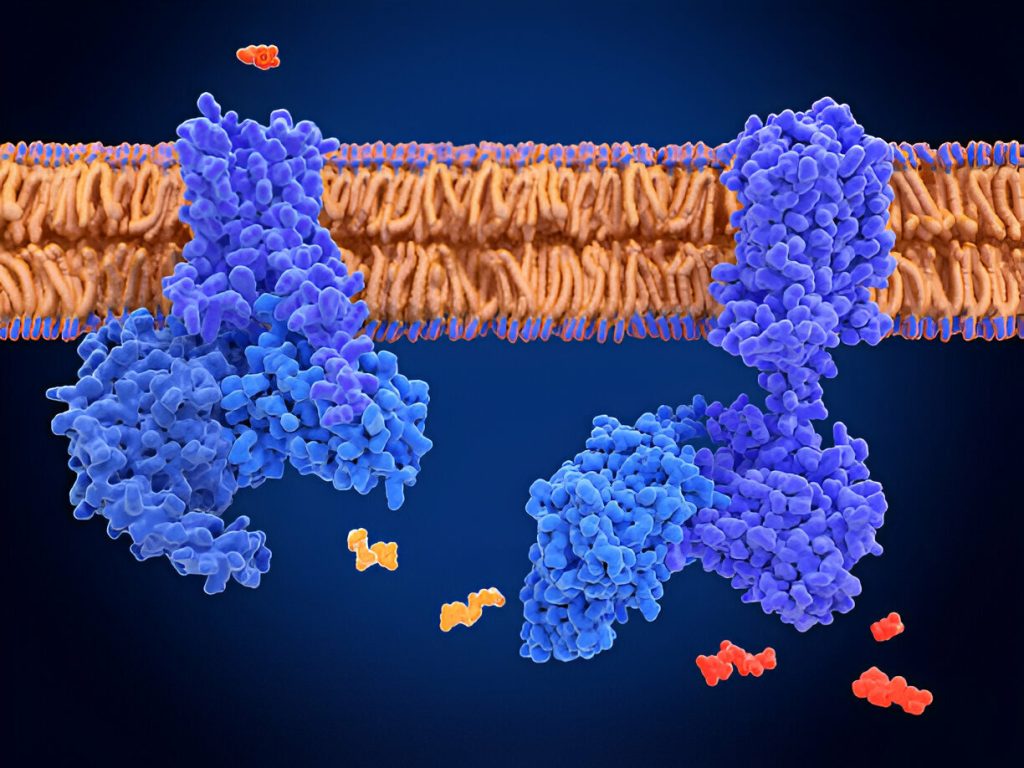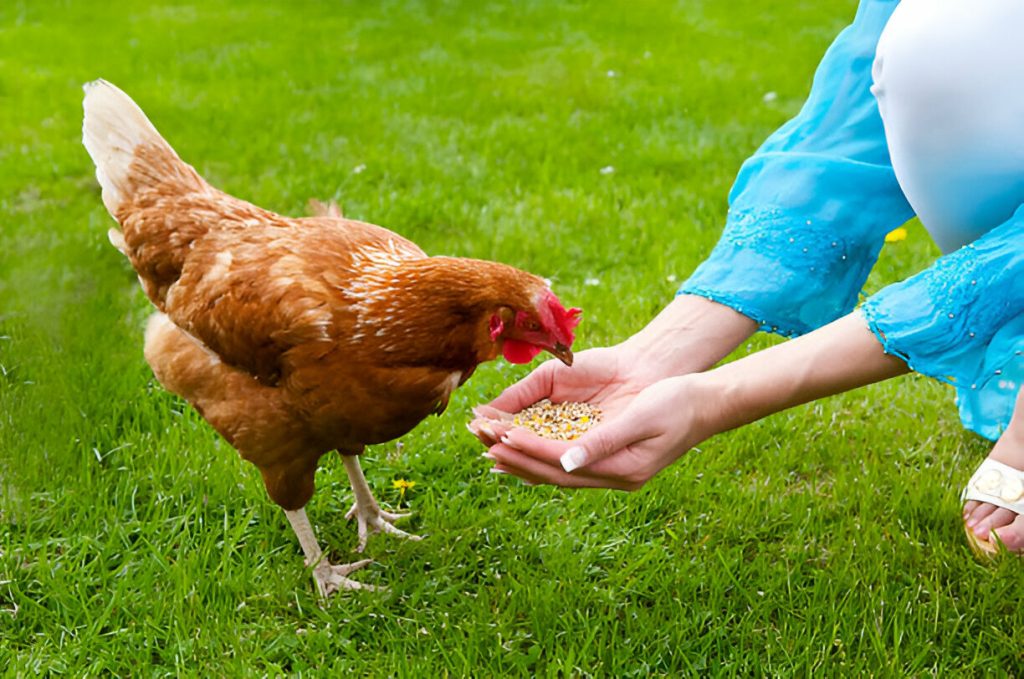
Utku Kutu
Veterinary Medicine
Effective use of soybean meal (SFK) and meat and bone meal requires good nutritional information on these ingredients. For many feed ingredients, especially for a specific target or species of poultry, there is a lack of information on standardized ileal amino acid digestibility (SIAAD).

Efficient poultry production depends on a thorough knowledge of feed quality. Protein is an important part of the diet that must be provided in sufficient quantity and quality for poultry. And to achieve good health and higher performance rates, only quality ingredients with low levels of anti-nutrients should be used in diets.
Protein quality
Protein quality depends firstly on the amino acid (AA) content in the feed, secondly on the amount digested and thirdly on the amount used by body tissues.

Studies done (Adedokun et al., 2009a) have shown that there are significant differences in AA digestibility of feed ingredients (Corn and SFK) between broilers and layers. Since AA digestibility values obtained from adult roosters are routinely used for different species and types of poultry, this difference raises an important question as to whether it is meaningful from both an economic and environmental perspective.
Soybean meal (SFK) is a primary vegetable protein source and one of the valuable ingredients in poultry feeds, containing 3% soluble NSP and 16% insoluble NSP (Irish and Balnave, 1993), mainly composed of mannans and galactomannans (Slominski, 2011). Studies have shown that AA digestibility of SFK can be affected by the cultivation location, season, processing technique and the level of anti-nutritional factors such as trypsin inhibitors, lectins, saponins and oligosaccharides (Parsons, 1991; Frikha et al., 2012; Kim et al., 2012). Although anti-nutritional factors can be inactivated during processing by heating (Liener, 1994), the digestibility of AA may be negatively affected if the heating condition is not optimal (Frikha et al., 2012).
Additionally, β-mannan is one of the NSPs that can maintain its structure during the drying-cooking stage of soybean processing (Dale, 1997; Hsiao et al., 2006). β-mannans in unhulled SFK range from 1.33 to 2.14% and in dehulled SFK from 1.02 to 1.51% (Hsiao et al., 2006). The increase in digestive viscosity caused by β-mannan prevents the interaction between substrates and digestive enzymes, and subsequently reduces nutrient digestibility, significantly reducing growth and increasing FCR in broilers (Ray et al., 1982; Daskiran et al., 2004; Arsenault et al., 2017). In addition, β-mannan in chicken diets reduces feed digestibility, egg weight, and egg production (Patel and McGinnis, 1985).
Although more SIAAD information is needed for some feed ingredients in poultry, studies have reported that β-mannanase supplementation increases amino acid digestibility by degrading β-mannans and potentially reducing viscosity. This will undoubtedly increase the reliability of the data and the level of confidence commercial nutritionists have in using this information in diet formulation.
For more technical information and data on Feed Additives Products – Contact us


